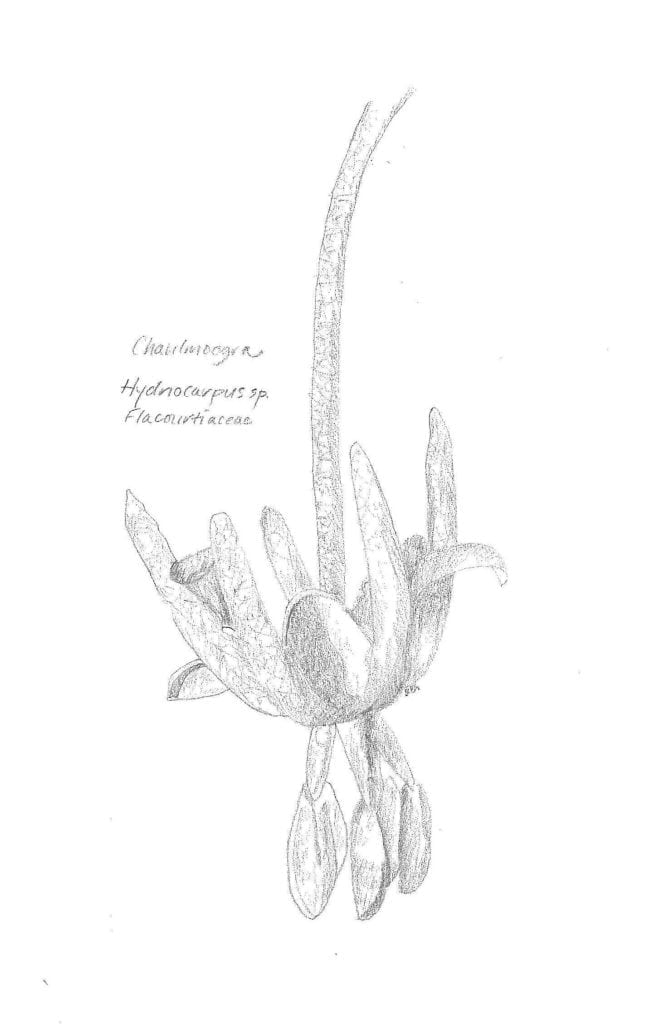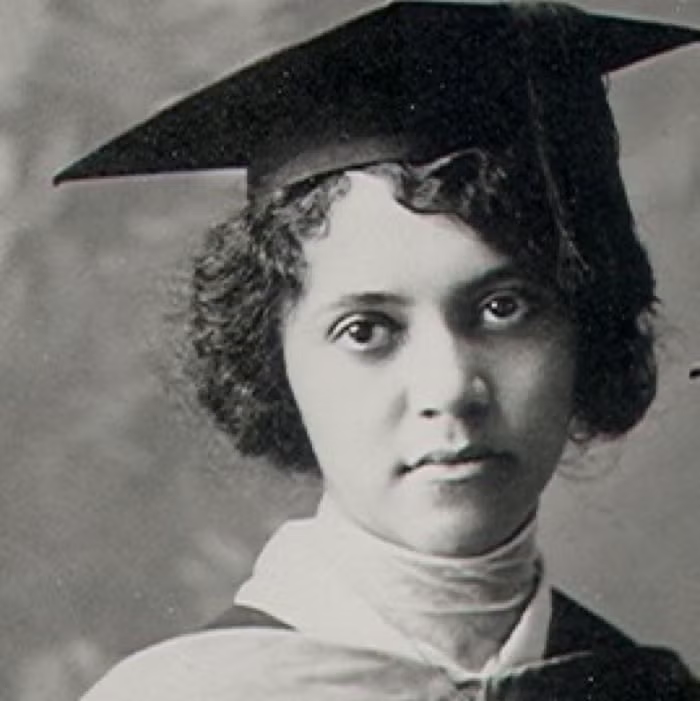|
Getting your Trinity Audio player ready...
|
In the annals of medical history, few stories are as compelling and unjustly overlooked as that of Alice Ball. A brilliant Black chemist whose groundbreaking work in the early 20th century transformed the treatment of leprosy, Ball’s legacy is a testament to the power of scientific innovation and the importance of recognizing diverse contributions to medicine.
Born in 1892, Alice Augusta Ball was a trailblazer from the start. In an era when opportunities for women—let alone Black women—in science were scarce, Ball’s intellect and determination propelled her to extraordinary heights. Her journey from a promising student to a pioneering researcher is not just a tale of scientific achievement, but a powerful narrative of breaking barriers and leaving an indelible mark on medical history.
The Path to Discovery
Imagine, if you will, the challenges faced by a young Black woman pursuing higher education in the early 1900s. Yet, Alice Ball not only persevered but excelled. After graduating from the University of Washington with degrees in pharmaceutical chemistry and pharmacy, Ball’s academic journey led her to the University of Hawaii. Here, she made history as the first woman and the first African American to earn a master’s degree in chemistry from the institution3.
But it was her work on chaulmoogra oil that would cement her place in medical history. Leprosy, now known as Hansen’s disease, was a scourge that carried immense stigma. Those afflicted were often forced into isolation, their lives upended by a disease that seemed without cure. The chaulmoogra oil, derived from the seeds of the Hydnocarpus wightianus tree, had shown promise, but its application was problematic. Oral consumption led to nausea, while topical application was ineffective. Injections of the unprocessed oil caused painful skin ulcerations1.
Enter Alice Ball. At just 23 years old, she took on the challenge presented by Dr. Harry Hollmann, a physician at the Leprosy Investigation Station in Hawaii. Ball’s task was to unlock the therapeutic potential of chaulmoogra oil, making it a viable treatment for leprosy patients1.
The Ball Method: A Breakthrough in Leprosy Treatment
Through a series of meticulous and innovative steps, Ball cracked the complex chemical code of chaulmoogra oil. She identified its main components—chaulmoogric and hydnocarpic acids—and isolated their active constituents. But her true stroke of genius came in converting these fatty acids into ethyl esters, a form that was water-soluble and could be safely injected12.

This breakthrough, which came to be known as the “Ball Method,” was nothing short of revolutionary. For the first time, leprosy patients had access to a treatment that was both effective and tolerable. The impact was immediate and profound. Dr. Hollmann reported that 84 patients treated with Ball’s method became “bacteriologically negative and free from all lesions of the disease,” allowing them to be discharged from segregation1.
A Legacy Overshadowed
Tragically, Alice Ball’s life was cut short before she could publish her groundbreaking findings. She died in 1916 at the age of 24, possibly due to accidental chlorine gas inhalation in her laboratory2. In a cruel twist of fate, her work was initially claimed by others, including Arthur Dean, then president of the College of Hawaii, who even went so far as to rename it the “Dean Method”2.
It would take over half a century for Ball’s contributions to be properly recognized. Today, we can appreciate the full scope of her achievements:
- First woman and first African American to earn a master’s degree in chemistry from the University of Hawaii3.
- Developed the first injectable treatment for leprosy, transforming patient care worldwide12.
- Created a method that remained the most effective treatment for leprosy until the advent of antibiotics in the 1940s6.
- Became an instructor in chemistry at the University of Hawaii at just 23 years old, breaking barriers for both women and African Americans in academia7.
- Her work led to the release of many people from leper colonies, significantly improving their quality of life4.
Reflecting on Alice Ball’s Impact
As we reflect on Alice Ball’s contributions, it’s crucial to consider the context of her achievements. In an era when women, especially women of color, faced significant barriers in scientific fields, Ball’s success is all the more remarkable. Her story is not just one of scientific innovation, but of perseverance in the face of systemic challenges.
The “Ball Method” did more than just treat a disease; it offered hope to those who had been cast aside by society. It challenged the stigma associated with leprosy and demonstrated the power of scientific inquiry to transform lives. Ball’s work laid the foundation for future advancements in the treatment of Hansen’s disease and serves as an inspiration for aspiring scientists from all backgrounds.
Honoring a Legacy
While recognition of Ball’s contributions was delayed, efforts to honor her legacy have gained momentum in recent years. In 2000, the University of Hawaii dedicated a plaque to Alice Ball in front of a lone chaulmoogra tree on campus4. Her story is increasingly being shared, ensuring that future generations will know of the young Black chemist who changed the course of medical history.
As we celebrate Black History Month and beyond, let us remember Alice Ball not just for her scientific achievements, but for the doors she opened for women and people of color in STEM fields. Her life, though short, was a beacon of brilliance that continues to inspire.
“After a great deal of experimental work, Miss Ball solved the problem for me”.
-Dr. Hollmann, who recognized Ball’s genius,
Indeed, Alice Ball solved a problem that had plagued humanity for centuries, leaving an indelible mark on medical science and offering hope to thousands suffering from a devastating disease.
Alice Ball’s story reminds us of the importance of diversity in science and the power of perseverance. It challenges us to recognize and celebrate the contributions of those who have been historically marginalized. As we continue to face global health challenges, we would do well to remember the spirit of innovation and determination embodied by Alice Ball—a true pioneer whose work changed the world.


